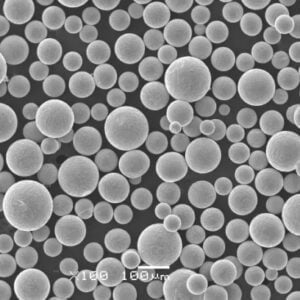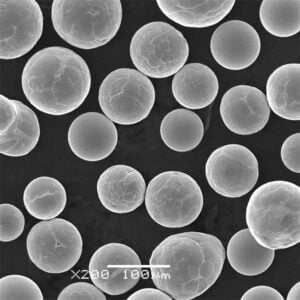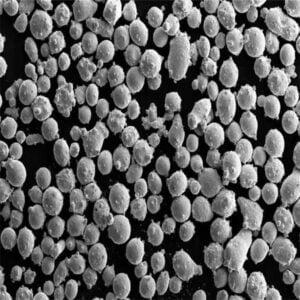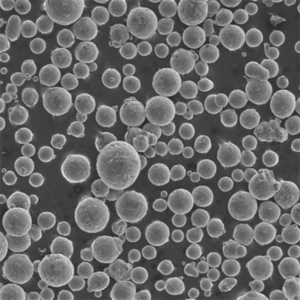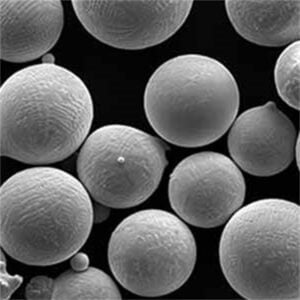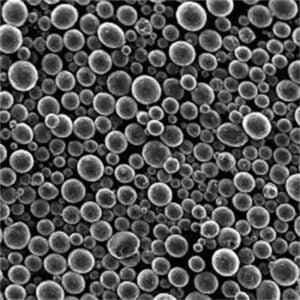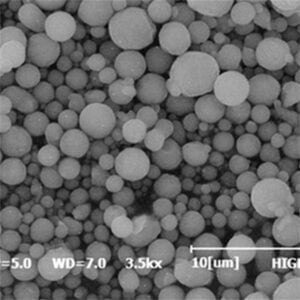Inconel 718 Material
Table of Contents
inconel 718 material is a nickel-chromium-based superalloy exhibiting high strength across extreme environments including prolonged exposure to cryogenic temperatures as well as oxidizing or corrosive conditions at elevated temperatures up to 700°C. This article details the composition, properties, heat treatment, specifications, product forms, applications and global suppliers of this high-performance alloy.
Composition of inconel 718 material
Inconel 718 is a precipitation-hardenable nickel-based alloy containing several key elemental additions:
Inconel 718 Alloy Composition
| Element | Weight % | Purpose |
|---|---|---|
| Nickel (Ni) | 50-55% | Principal element providing corrosion resistance |
| Chromium (Cr) | 17-21% | Oxidation and corrosion resistance |
| Iron (Fe) | Balance | Cost reduction, tensile strength |
| Niobium (Nb) | 4.75-5.5% | Primary hardening element, forms γ” precipitates |
| Molybdenum (Mo) | 2.8-3.3% | Solid solution strengthening |
| Titanium (Ti) | 0.65-1.15% | Forms carbonitrides for grain control |
| Aluminum (Al) | 0.2-0.8% | Contributes to γ” precipitation hardening |
The combination of nickel, chromium, niobium and molybdenum enables superior tensile, fatigue and creep rupture properties compared to other stainless alloys while the balanced chemistry confers outstanding fabricability and weldability.
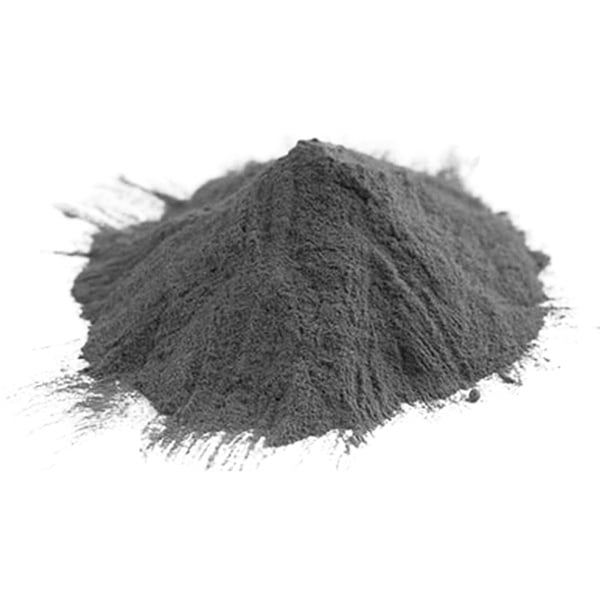
inconel 718 material Properties
Solution annealing and aging treatment allow tailoring properties and performance based on application requirements.
Inconel 718 Material Properties
| Condition | Yield Strength | Tensile Strength | Elongation |
|---|---|---|---|
| Solution annealed | ≥ 758 MPa | ≥ 1034 MPa | ≥ 12% |
| Peak aged | ≥ 1310 MPa | ≥ 1460 MPa | ≥ 6% |
Other key attributes at room temperature include:
- Excellent fatigue and outstanding notch fatigue strength
- High fracture toughness and impact resistance
- Good oxidation and corrosion resistance
- Above average thermal properties vs alternative alloys
- Lower cost than Inconel 625 or Waspaloy
The balanced chemistry provides a rare combination of fabricability, mechanical performance and cost-efficiency.
inconel 718 material Applications
The nickel/iron matrix gives Inconel 718 an unusual mix of properties allowing use from cryogenic temperatures up to 700°C in extreme environments.
Industries and Applications
| Industry | Typical Applications |
|---|---|
| Aerospace | Engine components – blades, cases, fasteners, seals, nozzles, spacers |
| Oil & Gas | Downhole tools, valves, wellhead parts, flowlines, instrumentation |
| Power Generation | Coal gasification, nuclear and chemical plants |
| Automotive | Turbocharger rotors, exhaust manifolds, valves |
| Chemical Processing | Heat exchangers, reaction vessels, pumps |
The alloy’s high strength is valued for weight reduction while corrosion/oxidation resistance handles high temperatures and pressures across critical equipment and tooling. Excellent fatigue and creep rupture strength enable dynamic stressed parts.
Product Forms
- Bar stock
- Plate
- Sheet
- Fasteners
- Investment castings
- Extruded shapes
- Tubing
- Welding wire
These provide the flexibility to manufacture components with optimal shape, strength and functionality.
Heat Treatment
Solution annealing heats the alloy above the solvus temperature dissolving γ” precipitates allowing dislocation movement and recrystallization for formability enhancement. It is followed by rapid cooling to room temperature to retain ductility and softness.
| Parameter | Value |
|---|---|
| Condition | Solution anneal |
| Temperature | 950-980°C |
| Duration | 1 hour |
| Cooling method | Air cool or faster |
Age hardening subsequently produces very fine γ” precipitates strengthening grain boundaries. A typical two-step aging generates optimal properties:
| Step | Temperature | Duration |
|---|---|---|
| Age – 1 | 720°C | 8 hours |
| Age – 2 | 620°C | 8 hours |
| Cooling method | Air cool |
Solution treatment dissolves the precipitates while age hardening restores strength and hardness values.
inconel 718 material Standards
Nickel alloy 718 composition, product forms and properties are standardized globally:
| Standard | Title |
|---|---|
| AMS 5662 | Nickel Alloy, Corrosion and Heat-Resistant, Bars, Forgings, and Rings |
| ASTM B637 | Standard Specification for Precipitation-Hardening Nickel Alloy Bars, Forgings, and Forging Stock for High-Temperature Service |
| ISO 6207 | Wrought Nickel Alloys – Chemical Composition of Nickel Alloys Number 718 (Ni-Fe-Cr-Nb-Mo) |
These cover chemistry limits for elemental constituents, minimum tensile and yield strength values, hardness ranges and grain size in solution-annealed and age-hardened tempers for wrought product forms including bar, plate, sheet and forgings.
inconel 718 material Suppliers
As a widely used high-performance aerospace alloy, Inconel 718 is manufactured by all leading nickel alloy producers:
| Company | Brand Names | Product Forms |
|---|---|---|
| ATI | ATI 718 | Bar, billet, fasteners |
| Carpenter Technologies | Custom Age 718 | Bar, wire, tubing |
| Haynes International | Haynes 718 | Sheet, plate |
| Special Metals | U718 | Fittings, flanges, rings |
| PCC Forged Products | PCC 718 | Rings, blisks |
Suppliers offer certified Inconel 718 material test reports confirming chemistry, mechanical properties and microstructure conformance. Export/import data validates sourcing from reputed global mills.
Cost Analysis
Nickel alloy 718 pricing fluctuates based on nickel market prices and regional demand-supply. Bulk discount tiers on 10+ metric tons can average:
- Mill cert 3.2 material: $18-22/kg
- NADCAP certified bars: $30-50/kg
Compared to stainless steels, Inconel 718 averages 5-10x higher cost but provides extreme temperature/pressure capabilities beyond reach of austenitic or martensitic grades.
Machining Inconel 718
Despite good fabricability for a high-strength superalloy, Inconel 718’s high work hardening rate can cause challenges during machining and forming. Recommendations include:
- Employ rigid setups minimizing vibration
- Use positive high pressure/volume coolant
- Optimize feed rates, depth of cuts
- Apply TiAlN coated carbide inserts
- Factor 15% lower speeds than steel
- Enable elevated temperature machining
These measures help achieve expected tool life and surface finishes while minimizing residual stresses.
Advantages
- High strength-to-weight ratio
- Retains tensile/fatigue properties after prolonged use up to 700°C
- Outstanding corrosion resistance in diverse environments
- Tailorable strength/hardness profiles via heat treatment
- Excellent fabricability relative to precipitation hardening grades
Limitations
- Requires age hardening for optimal mechanical properties
- Relatively difficult machinability versus comparable nickel alloys
- Higher material cost than steels limits use for cost-driven applications
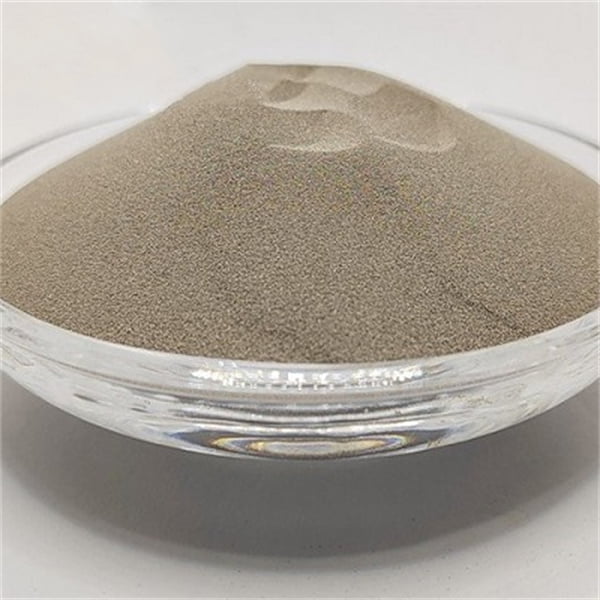
Summary
In summary, Inconel 718 is a high-performance nickel-chromium precipitation hardening alloy designed for extreme environments up to 700°C combining high strength, toughness, fabricabilty and corrosion resistance. Aerospace applications exploit the capability to resist fatigue, creep and cracking over prolonged cyclic stresses. Oil and gas equipment utilizes excellent oxidation resistance alongside high strength-to-weight ratios. Leading global suppliers provide certified Inconel 718 material including bar, plate, sheet, forgings and fasteners. Matching application requirements to tailored heat treatment protocols allows balancing desired hardness, ductility and functionality.
FAQs
What is Inconel 718 used for?
Inconel 718 is used widely in aerospace engines (blades, cases, fasteners etc.), natural gas/petrochemical equipment (valves, wellheads, downhole tools), nuclear/chemical processing parts, turbochargers and heat exchangers due to its high temperature capabilities.
What industries use Inconel 718?
Key industries include aerospace, oil/gas extraction and processing, power plants, chemical processing, pollution control equipment and turbocharged automotive/marine applications.
Is Inconel 718 weldable?
Yes, Inconel 718 shows excellent weldability using ERNiCrFe-7 filler wire after solution treatment due to its optimized composition and inclusion control. Preheating lowers crack sensitivity.
What is the difference between Inconel 600, 625 and 718?
Inconel 600 is solid solution strengthened, 625 gets hardening from molybdenum while 718 is a precipitation hardening alloy. Inconel 718 provides highest strength of the three but requires aging treatment.
What is the hardness of annealed Inconel 718?
The Brinell hardness of annealed Inconel 718 is 217-255. Peak aging can reach 422-472 BHN. Hardness levels help gauge proper heat treatment.
Does Inconel 718 need heat treatment?
Yes, to achieve full mechanical properties, standard heat treatment involves solution annealing followed by a two-step age hardening process. Workability is enhanced after annealing.
What is the price per kg of Inconel 718?
Bulk Inconel 718 pricing fluctuates between $18-22/kg for basic mill certification and $30-50/kg for aircraft quality fully certified material depending on nickel prices and regional demand.
Share On
MET3DP Technology Co., LTD is a leading provider of additive manufacturing solutions headquartered in Qingdao, China. Our company specializes in 3D printing equipment and high-performance metal powders for industrial applications.
Inquiry to get best price and customized Solution for your business!
Related Articles
About Met3DP
Recent Update
Our Product
CONTACT US
Any questions? Send us message now! We’ll serve your request with a whole team after receiving your message.

Metal Powders for 3D Printing and Additive Manufacturing
COMPANY
PRODUCT
cONTACT INFO
- Qingdao City, Shandong, China
- [email protected]
- [email protected]
- +86 19116340731






